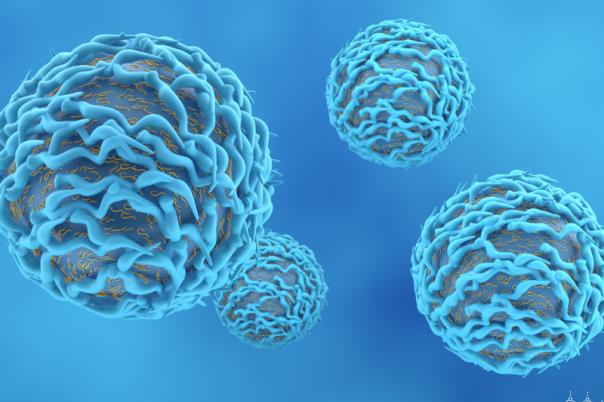Neurodegenerative disorders are highly complicated, but the dilemmas associated with them propose exciting challenges for scientists. Jordi Clarimon, Lead Specialist, Clinical Biomarkers at Lundbeck, gave an insightful presentation on the latest updates in clinical biomarker development for neurological diseases.
Within the neurological context, the aim is to detect signals for target engagement or proof of mechanism as early as possible to support internal decision-making and de-risk clinical development. Therefore, it is important to provide surrogate biomarkers strongly correlated with good clinical outcomes.
Aducanumab is a second-generation antibody against amyloid beta that was approved in 2021 based on its capability to reduce amyloid plaque in the brain. Despite controversy around its approval, this antibody changed the clinical course of Alzheimer’s disease. Clarimon also mentioned that diagnostic tests for Parkinson's disease (DaTscan) received FDA approval, showing that this field is gaining traction.
Clarimon discussed the use of fluid biomarkers in neurodegeneration including amyloid beta (Aβ42/40), phosphorylated tau (p-Tau), alpha-synuclein, and Neurofilament light chain (NFL). The amyloid beta and phosphorylated tau contribute to Alzheimer’s pathology and disease progression. Alpha-synuclein is a key marker in Parkinson’s disease and Lewy body dementia.
Although these biomarkers offer crucial insights into disease progression and treatment response, there are several obstacles. The main challenge in biomarker research is the lack of reproducibility which stems from cohort variability and reliance on omics data. These issues make widespread clinical implementation difficult.
Specifically, biomarkers for TDP-43 proteinopathies found in ALS, frontotemporal dementia, and Alzheimer’s disease remain very underdeveloped. However, this is an area of research that is being developed, Clarimon elaborated: “A German team that is trying to use immune-infrared sensors to try to identify through the secondary structure of TDP 43 the amount of the beta sheets of the TDP indicating that these patients may have TDP 43 proteinopathy in their brains.”
Furthermore, a team of Italian scientists is trying to develop a seeding assay for TDP 43.
Unfortunately, biomarker validation is not as up to speed with other fields due to slow clinical implementation. However, further research and technological advancements could improve the sensitivity and clinical utility of biomarkers.




